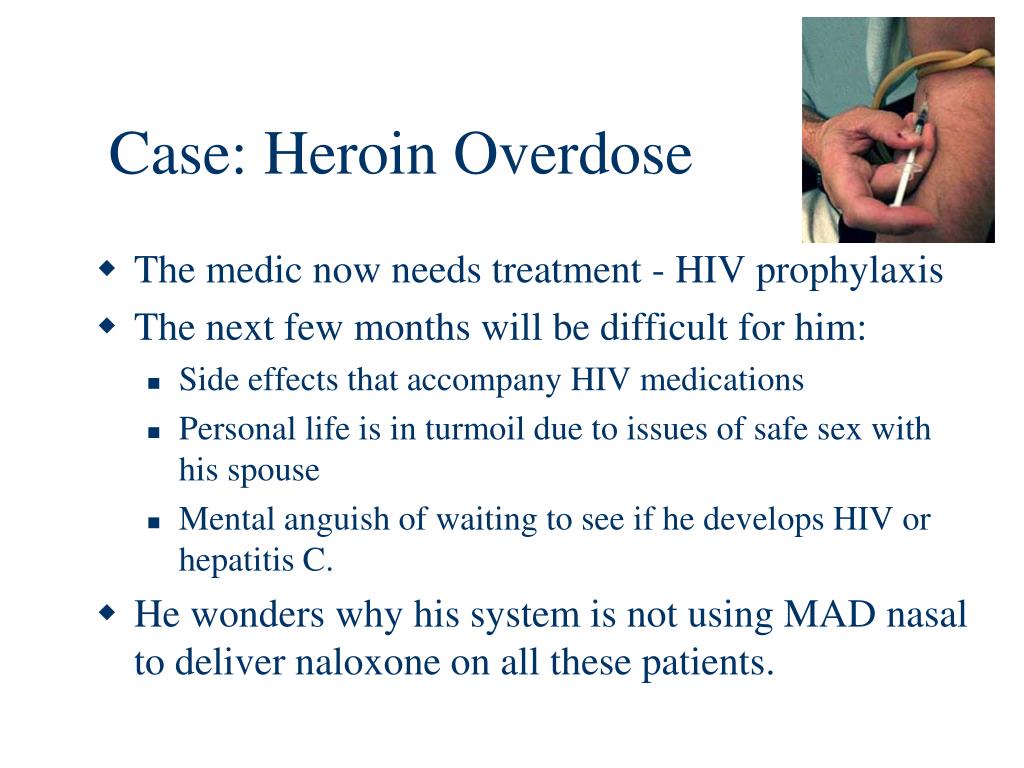
with tricyclic antidepressants, theophylline, β-adrenoceptor blockers.

Intravenous benzodiazepine (diazepam or lorazepam) is the first choice. Convulsions should be treated if they are persistent or protracted.Many of these are in the context of overdosage with non-dihydropyridine calcium channel blockers that are often resistant to conventional inotropic agents. There are, however, a number of case reports that support such an approach. The very high insulin doses given (0.5–2 units/kg/h) have so far deterred physicians from the routine use of such therapy. In addition: there is recent interest in the use of high dose insulin infusions with euglycaemic clamping as a positive inotrope in the context of overdose with myocardial depressant agents.Hypotension: this is common in poisoning and, in addition to the resuscitative measures indicated above, conventional inotropic support may be required.Mechanical ventilation is necessary if adequate oxygenation cannot be obtained or hypercapnia ensues.

Ventilation: a mixed respiratory and metabolic acidosis is common the inspired air is supplemented with oxygen to correct the hypoxia.Airway maintenance is essential some patients require a cuffed endotracheal tube but seldom for more than 24 h.Effects of overdose (and treatment) with other individual drugs or drug groups appear in the relevant accounts throughout the book. Other drugs and non-drug chemicals that produce characteristic effects include: salicylates, methanol and ethylene glycol, iron, selective serotonin reuptake inhibitors. In addition, sedatives, opioids and ethanol cause signs that may include respiratory depression, miosis, hyporeflexia, coma, hypotension and hypothermia. Table 10.1 Characteristic drug ‘toxidromes’ They can be useful diagnostically and provide characteristic toxic syndromes or ‘toxidromes’ (Table 10.1).

Some arise from dysfunction of the central or autonomic nervous systems other agents produce individual effects. Many substances used in accidental or self-poisoning produce recognisable symptoms and signs.

dilatation of constricted pupils and increased respiratory rate after intravenous naloxone (opioid poisoning) or arousal from unconsciousness in response to intravenous flumazenil (benzodiazepine poisoning). The response to a specific antidote may provide a diagnosis, e.g. Any family or friends attending with the patient should be similarly questioned. The ambulance crew attending to the patient at home may have very valuable information and should be questioned for any clues to the ingested drug. knowledge of the prescribed drugs that the patient had access to, empty drug containers in pocket or at the scene. Whether the subject has vomited since ingestion.Īdults may be sufficiently conscious to give some indication of the poison or may have referred to it in a suicide note, or there may be other circumstantial evidence e.g.The time that has elapsed since ingestion.The identity of the substance(s) taken.


 0 kommentar(er)
0 kommentar(er)
